
views
Clothing Stains
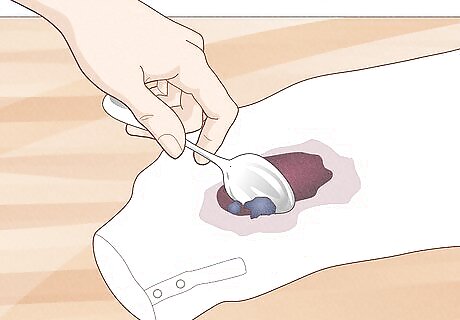
Remove any blueberry chunks from the fabric and blot away excess juice. Use a spoon, knife, or napkin to lift away pieces of the berry, being careful not to drop or smear them on other parts of the fabric. Use a clean cloth or napkin to soak up the juice—just make sure you don’t press it deeper into the fabric.
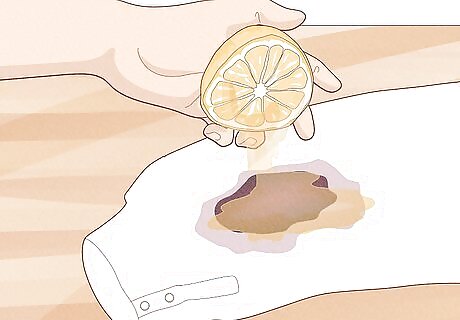
Pre-treat the stain by soaking it in lemon juice. Slice open a lemon and squeeze the juice out over the stained fabric. Then, rub a lemon slice over the stain to saturate the fabric. Let it sit for 5 to 10 minutes so the acid in the lemon can loosen the stain. If the garment is colored, keep it away from sunlight while the lemon juice is sitting to keep the fabric from lightening.
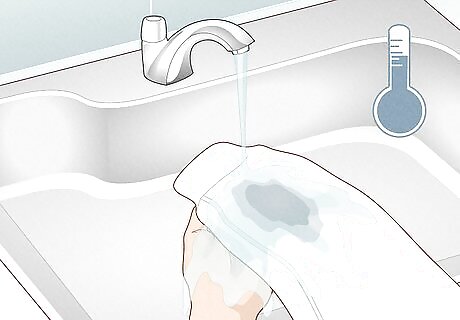
Use cold water to flush the stain before the lemon juice dries. Turn the garment inside out and rinse from behind to further loosen the stain and push it out of the fabric. This will also keep the acid in the lemon juice from damaging the fibers in your garment.

Rub the stained area with a mild laundry detergent. Pour a small amount of detergent directly on the stain and gently rub it into the fabric with a clean cloth or your fingers. If you’re worried that direct contact with detergent will discolor your garment, test the detergent on a small, hidden spot first.
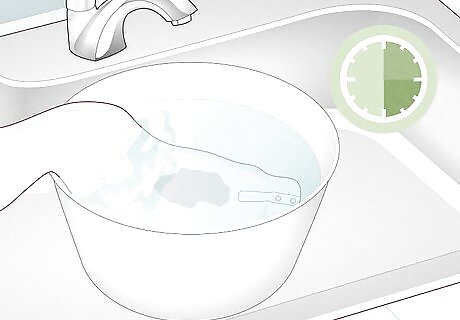
Soak the stain in cold water for 15 to 30 minutes. If the stain is still visible, scrub the spot with a soft brush and rinse with cold water. If the stain is no longer visible after this step, wash your garment according to the instructions and then air dry it.
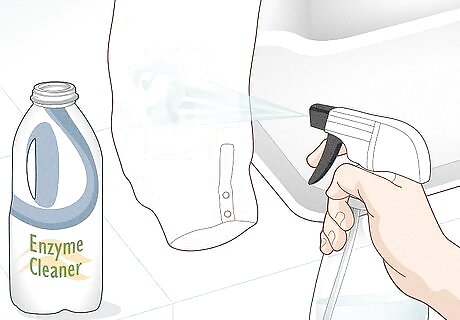
Spray the stain with an enzyme-based cleaner if the stain persists. Enzyme cleaners contain proteins that break down natural stains easily. Use a spray bottle to apply your enzyme cleaner to the stain. Let it sit for about 15 minutes. For blueberry or other plant-based stains, enzyme cleaners with pectinase are the most effective.
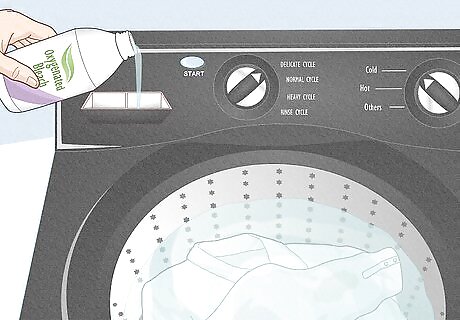
Wash your garment with oxygenated bleach according to the tag instructions. Run your garment in the washing machine with the recommended amount of oxygenated bleach (check the instructions on the bottle). Pour the bleach into the bleach dispenser rather than applying it directly to the stained fabric. If you’re handwashing your stained clothes, use a solution of equal parts water and oxygenated bleach. Wash with warm water if your clothes are white, or cold water if they’re colored. Remember to always check the tag for washing instructions. Oxygenated bleach is safer for colors than traditional chlorine bleach. Look for products with “Oxy” in the name—they might be labeled as stain removers instead of bleach.
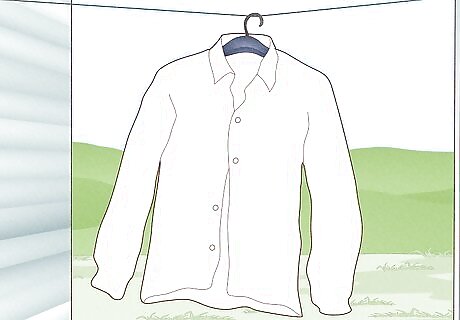
Let the garment air dry. The heat of the dryer can cause any remaining blueberry stain to set into the fabric, making it harder to remove later. Hang your garment someone away from direct sunlight and voilà! The stain is gone.
Upholstery Stains

Lift away any blueberry bits on the upholstery. Use a knife, spoon, or clean napkin to grab solid pieces. Be extra careful not to press or smear any blueberry into the fabric.
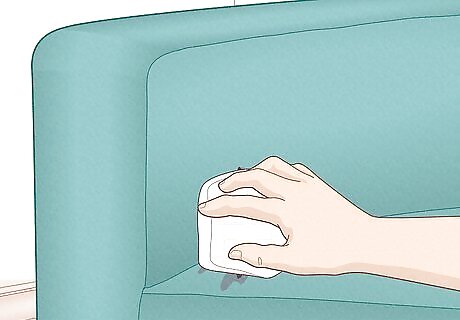
Blot away any blueberry juice on the surface. Use a clean, white cloth or napkin and gently absorb as much liquid as possible. Be sure to blot and not to wipe or smear, as this will spread the stain.

Mix distilled, white vinegar and rubbing alcohol in a small bowl. Use 1 tablespoon (15 mL) of vinegar and ⅔ cup (158 mL) of alcohol and give the solution a quick stir to thoroughly mix them together. Alternatively, use 1 tablespoon (15 mL) of dishwashing liquid and 3 cups (710 mL) of warm water.

Use a clean cloth or sponge to apply the vinegar and alcohol to the stain. Keep blotting until the liquid is fully absorbed into the upholstery. Repeat until the stain disappears.

Sponge the spot with cold water once the stain is no longer visible. Use a different, clean cloth or sponge to remove any remaining vinegar and alcohol mixture from the upholstery. Then, grab a clean, dry cloth and blot the area dry.
Carpet Stains
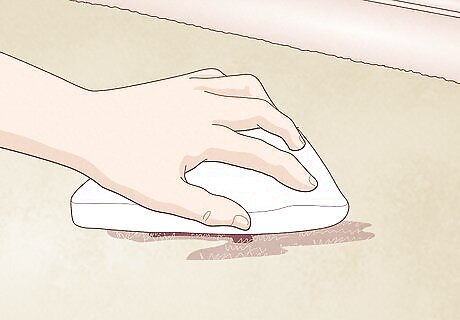
Blot the stain with a clean rag and cold water as soon as possible. Apply light pressure to avoid pressing the stain deeper into the carpeting. Make sure only to blot, not to wipe or smear, to avoid spreading the stain to more of your carpet.
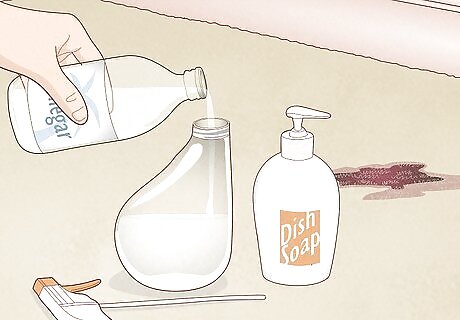
Combine equal parts distilled, white vinegar and liquid dish soap in a spray bottle. This creates a powerful, natural cleaning spray that won’t damage or de-color your carpet. Apply the mixture generously and work it in with a cloth to clean the carpet. Alternatively, use 1 tablespoon (15 mL) of liquid dish soap and 2 cups (473 mL) of warm water.

Use a clean, white rag and cold water to rinse out the stain and cleaning mixture. Soak the rag in cold water and gently rub it over the stained spot for at least 5 minutes to ensure you get everything out. If the stain persists, spray it with the cleaning mixture again and repeat the rinsing process.
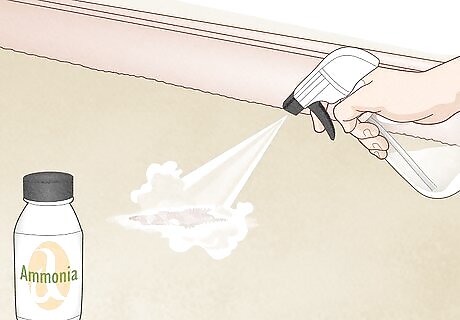
If the stain is stubborn, apply a mixture of ammonia and water. Mix together 1 tablespoon (15 mL) of ammonia and 2 cups (473 mL) of warm water in a spray bottle (it’s important to dilute ammonia to make it safe for use). Spray the stain and blot with a clean cloth until it’s no longer visible. Be careful not to mix ammonia with bleach or any product that contains bleach, since this combination will make hazardous fumes. Keep children or pets away from this area of the carpet while you’re working with ammonia.

Rinse away any remaining stain or cleaning solution with cold water. Pat the area dry to reveal a blueberry-free patch of carpet!












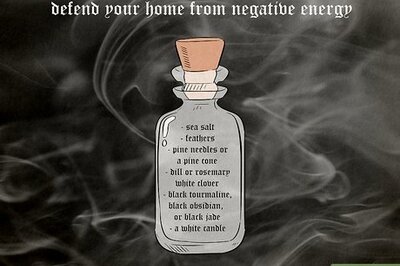






Comments
0 comment